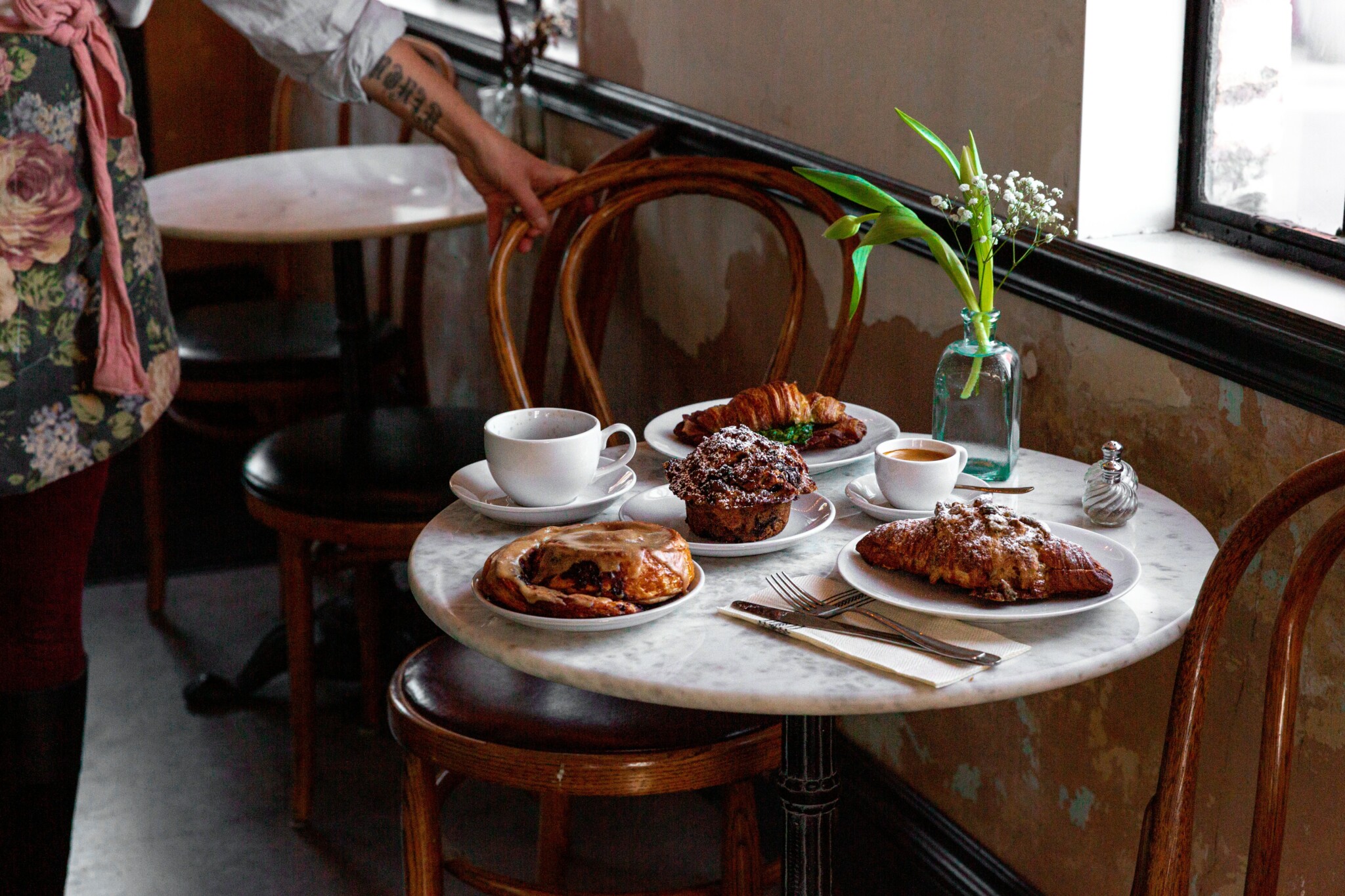We’re excited to introduce you to the always interesting and insightful Cari Brown. We hope you’ll enjoy our conversation with Cari below.
Cari, looking forward to hearing all of your stories today. Before we get into specifics, let’s talk about success more generally. What do you think it takes to be successful?
I may have a subjectively (and objectively) different idea of what constitutes ‘success’ in that profit, while necessary to longevity, is not our most highly valued signifier of attainment. Though we are profitable, I believe that we’re successful at Café des Chutes more in that we are highly collaborative, sustainably resourced, able to engage in development and growth through both capital investment and increasing wages, have a harmonious work environment and have garnered the goodwill of our community. Where I once might have said that tenacity is what it takes to be successful, and it certainly helps, but after years as a business owner, I have come to feel that collaboration is one of the pillars of our success upon which I am most reliant and proud.
At Café des Chutes the collaborative spirit is lively. We have created a culture wherein new ideas related to everything from new recipes and standards of practice to bathroom decor are welcomed and when in alignment, expounded upon and carried out. This has created significant buy in from staff creating a high level of camaraderie and opened the door to a level of inspiration, innovation, and enthusiasm that I have rarely experienced in my many years in the industry. I have found that as I sequester my ego in favor of elevating and integrating the inclusion of my crew’s skill and creative impulses our magnetism increases as does staff retention, wellbeing and revenue. This is not to say that every idea hits the floor but more that as we engage together in the play of creativity and exchange of ideas and labor, our connections and trust grows and from experience, direct feedback and reviews, I know that this is palpable to our customers.
I have long fostered this notion as exemplified by a tea tag taped to the POS of my other business, The Workhouse, which reads ‘Together we can achieve what we could not do alone.’ While running that business which is a multi disciplinary art space with art studios, a gallery & gift shop and community table hosting arts related events, I experienced an illness that pulled me away from the business and forced me to become more vulnerable with, reliant upon, and engaged with the input of the studio members there. Prior to that I felt ‘responsible’ rather than responsive. Bringing them into the process of running the day to day of that business completely shifted the energy of the space. As they all became more engaged, and I became more of an alchemist helping to weave together our ideas and shared aims, revenue and morale improved significantly- as did my health. Based upon our somewhat unusual business structure, that jump in revenue truly benefitted not just the business but each individual who had thrown their lot in with my dream. It was a huge lesson for me as I had previously felt that leadership meant that I had to carry everything- I thought I was protecting them from the burden of it but learned that I was inadvertently cutting them out of two very important elements- agency and expression.
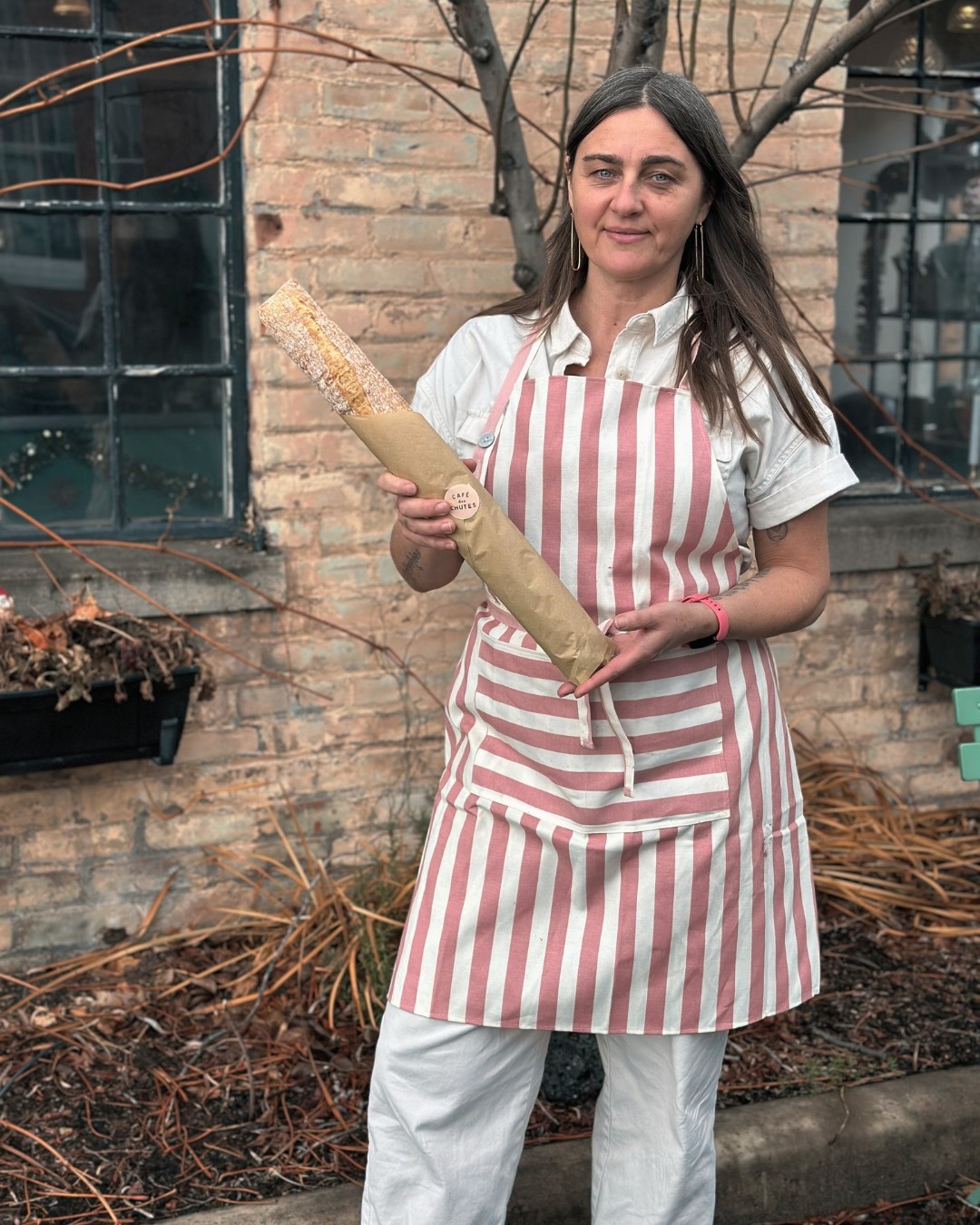
Great, appreciate you sharing that with us. Before we ask you to share more of your insights, can you take a moment to introduce yourself and how you got to where you are today to our readers.
When I was a kid, my Ukrainian Grandmother owned a pizza place on SE Foster in Portland Oregon. She had two kitchens in her house- one was where she cooked breakfast and prepared lunch, the other was for everything else- most of which was processing the food they grew and cooking in her traditional Ukrainian foodways. It held all of the old appliances that she made my grandfather bring when they moved from the farm in North Dakota. That kitchen was in the basement off the garden. It was dim but I remember the door being open to the dappled light of the greenery outside. There was often something simmering or stewing or fermenting or preserving as she cooked and my grandfather made his own beets with horseradish among other intriguing condiments. When we were children, we would help shell the peas, pick cherries from the tree off the deck and watch him digging and fussing in the garden on the other side of a cyclone fence from us. It only occurred to me recently that this may only have been to keep the deer at bay though he would not tolerate us compressing his soil and would banish us to the other side of the gate if we made a misstep.
As a part of our family tradition, it became my job to set the table for holidays. This was a task about which I took great delight and care, I was so proud to help in this way. My grandma would have spent days cooking, preparing to feed the often more than 30 relatives who came on Christmas Eve and I got to set everything up for them; silverware in place, water and wine glass arranged just so, fold the napkin, place the small bowls in which she would serve the Kutia- a Christmas tradition of boiled sweetened grains that represented bliss and eternal life and was eaten after grace, at the start of the meal. And the crowning glory- I got to place the the Kolach, wreaths of enriched braided bread stacked around tall pillar candles, which we would not eat until Christmas day. At about the age of 12, I finally got to contribute to the meal and was granted permission to bake a very delicious, if I do say so my self, chocolate chip cheesecake.
The textures, smells, love and labor; the ritual that went into these meals, they way they lived life connected to family and to the food we ate made an impression on me that absolutely lingered in my subconscious and certainly played a part in the fondness I have for the food service industry. At the age of 17 I was hired at Great Harvest Bread Company and ultimately became the youngest sweets baker nationwide in the history of the entire company. While I did not work consistently as a baker throughout the years- taking diversions into bartending, cooking, independent film, small time modeling, singing and touring with rock and country bands, running an indie art gallery, and so on, I was always connected to baking emotionally and returned to it regularly.
When, in 2018, our neighbor and my former employer, the beloved Sparrow Bakery, divested from our little corner of the world, and I was offered the opportunity to take over the space, my husband, Artist and Designer Christian Brown and I could think only of what we wanted to create- not whether or not we should. Our little corner of the world is a bit of an anomaly in a town that has engaged in more tear downs of historic properties than preservation in that it occupies the oldest remaining brick structures left from Bend’s early 20th century Lumber industry past- The Bend Iron Works. The Iron Works was built in 1917 to support the Brooks Scanlon & Shevlin Hixon Mills. The Property is about 2.5 acres with several buildings, the most prominent of which are brick & Mortar and give the area a very romantic, old world feel. The Workhouse occupies what was once the Machine Shop and the Café has nestled in to what what had been the accounting and payroll office. The building includes a built in safe door that once protected the vault which is now our tiny kitchen. Over the years with the addition of a brick patio, mock cherry trees, and other landscaping including a grape vine and plethora of rose bushes, the area has transformed from active industrial area to a charming enclave- a haven for artists and artisans, designers and lovers of vintage. With the Café we wanted to lean in to deepening that atmosphere, hoping that when folks walked in our door they would feel like they had been transported to another place and time. When choosing our name, we looked into the history of the area and landed on Café des Chutes, written in the French way as a nod to the French fur traders that gave the river running through the area its commonly used name. We looked to European and French influences for both our decor and menu opting to leave exposed old layers of plaster and paint, utilizing marble topped cafe tables, bentwood chairs and a palate that speaks of the past. Christian laid the black and white marble and granite floors in our back dining area and instead of opening our walls to be rotating gallery, we chose to curate the art and let it be a place that displayed some pieces from our small art collection, highlighting the work of local artists interspersed with prints and artifacts that were personal to us. For example, in our bathroom, we have a framed postcard from a diner in New Jersey that Christian frequented as a boy growing up there, a collage also made by him, an abstract painting by Andrew Korish and a stained glass window made by Patrick Logan of Yawn Glass. There is a Ukrainian flag on display and I keep my grandparents brass wedding bell engraved with Best Wishes on a shelf. A carved rooster that belonged to my deceased aunt stands proudly in a window- a nod to both family and the French influence. On our pastry case one can find croissant pastries, brie & fig jam sandwiches on baguette alongside Ham, Egg, and Cheese Sandwiches- a breakfast staple in the city where Christian & I met – New York. I have slowly been introducing more Ukrainian items as well like тертий пиріг- (Grated Pie in English) and the Café has actually become the home base of a non profit called UA & Co that is dedicated to supporting Ukrainian Immigrants & refugees by sharing Ukrainian culture through interactive events & conversations. Which, I suppose, is all to say that we wanted to Café to feel personal to us and in that way espouse our ethos- to be welcoming and warm, deep & rich, to honor what came before and elevate the mundane, to amplify creativity and collaboration, to create opportunities for connection and community building, to be surrounded by beauty.
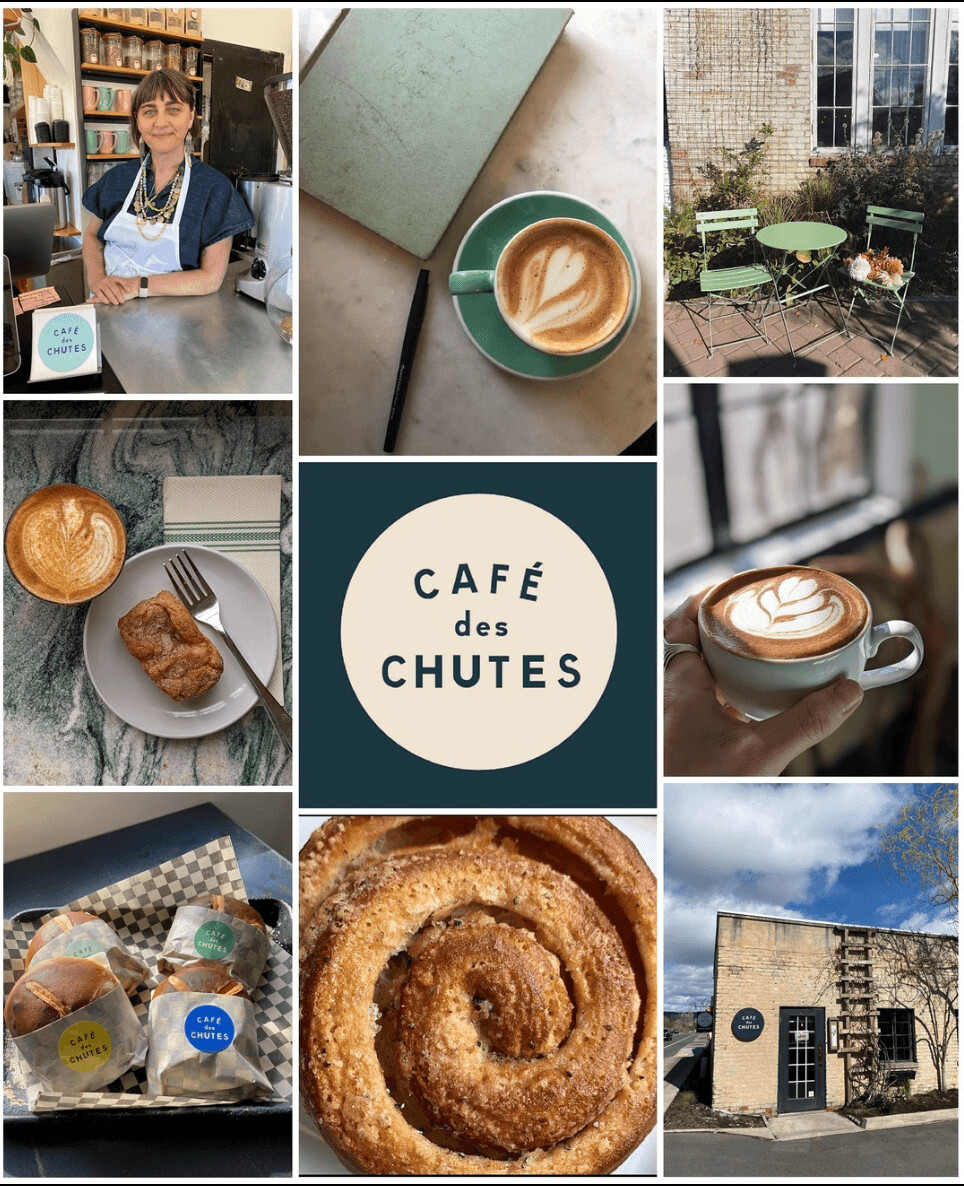
Can you tell us the story behind how you met your business partner?
My business partner and partner in life is, Christian Brown. We met in the early oughts while both living in Greenpoint Brooklyn. This is before Greenpoint is what it is today, when it was a predominantly Polish neighborhood. I had moved there to help a friend, chef Liza Queen, open a small Restaurant called the Queen’s Hideaway on Franklin Street. It was a quaint hole in the wall 20 seat restaurant with a small garden that was embraced by the neighborhood, the New York Tines, and the slow food movement alike. The kind of either ambitious, or in our case foolhardy, place where the menu changed daily (then weekly) based on what we found at the Union Square farmer’s market or could get from our friends- bakers, farmers, hunters. Together with Liza’s sister, designer Samantha Carasco, we built the space out and filled it in. On opening night, Christian came in, a pretty singular face amidst the family and friends who had shown up in support. He had found out about the restaurant because he had a crush on our friend Megan Offner (now owner of New York Heartwoods) who was moonlighting as a waitress with us and had invited him. He happened to live in the neighborhood and figured why not. When Christian entered the building he ran into Samantha with whom he had attended RISD and actually, those two ended up dating for a brief period. Christian is an artist, woodworker and metal fabricator and soon found himself helping us on odd projects- hand carving our wooden sign and ultimately he and I worked together to design the Hideaway’s bar and wait station. Through that process we became pals but ultimately lost touch when I moved back to Oregon. A few years later, when he was coming west to visit a cousin then roadtrip down the coast, he reached out to everyone he knew out here by email and with some trepidation, I invited to visit me in Bend where I had recently opened The Workhouse. He arrived on the day before one of our monthly Art Walk called Last Saturday and and came in with a how can I help attitude. Much to both of our surprise we felt a connection that ran much deeper than our previous friendship- his weekend stop became a week and by the end of it we acknowledged that there was something between us that warranted further investigation. He went back to New York, moved his stuff into storage at home in New Jersey and we began a cross-country courtship. Two years later we were married and living in a tiny house my dad and I had built. Eventually, after a few years working with a metal fabricator and acting as my unofficial business partner- helping me beautify The Workhouse and bringing thoughtful perspective, he became my official business partner there. He now manages that business and I manage the cafe.
When we decided to open Café des Chutes, it was a lovely return to the roots of our connection. The Café would not be as lovely as it is without his skills, sensibility, and eye for detail. It is definitely an expression of who we are as people and as partners.
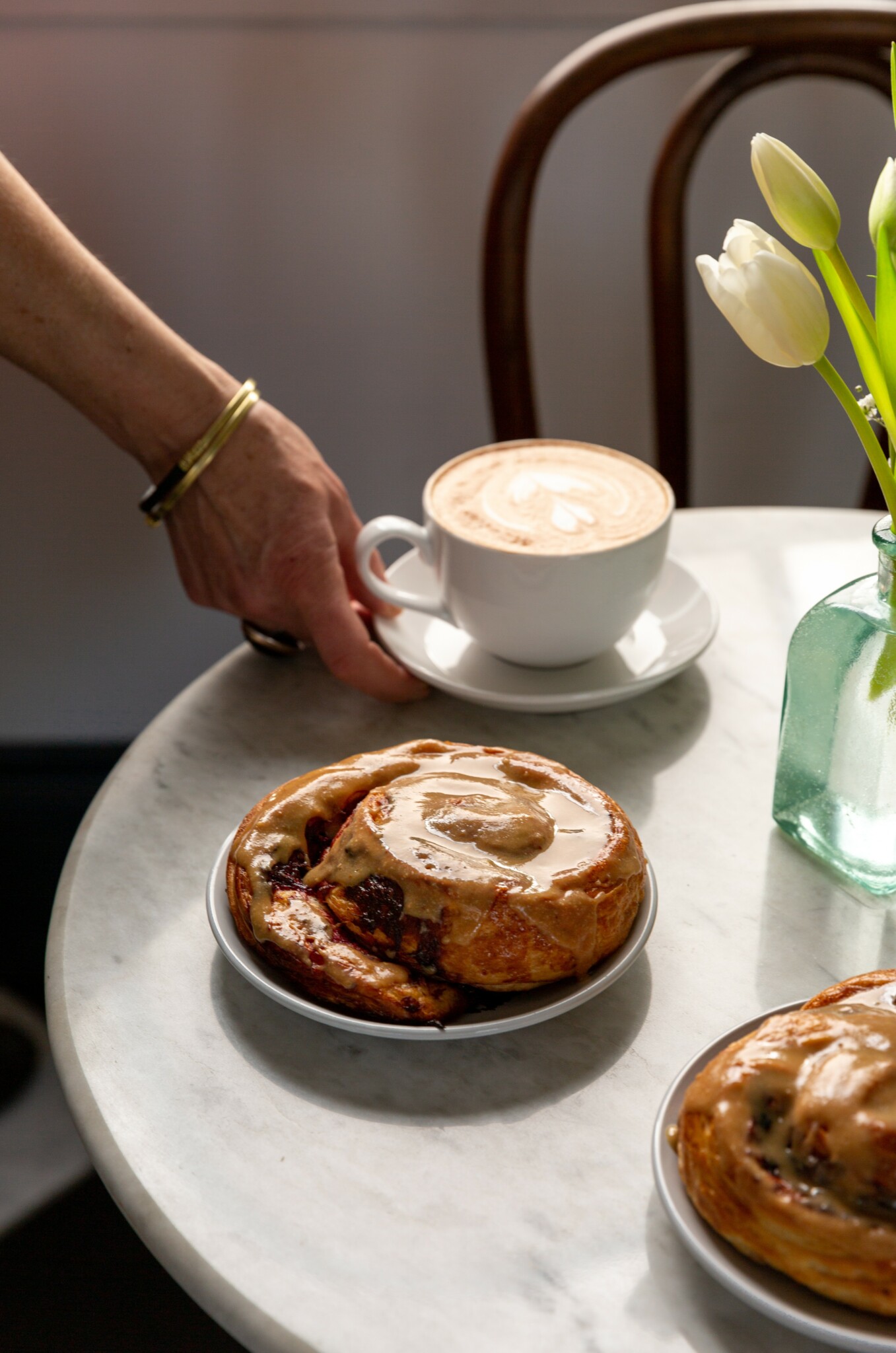
How about pivoting – can you share the story of a time you’ve had to pivot?
When we started the cafe, we were lucky enough to have a ton of community support. Our landlord gave us a few month of occupancy gratis while we built out and got going, the owners of Sparrow from whom we acquired most of our equipment were kind enough to offer owner carry terms on all of the equipment and 2 friends lent us $15,000 each with an agreement that allowed us a year to begin repayment. Our primary investment starting out was sweat equity- with the exclusion of plumbing upgrades, some light duty electrical work, and a former Sparrow alum who owned a painting business, we did just about everything else ourselves- investing more later by pulling funds from the Workhouse when times were lean.
Initially, we conceived a much different business model than we have now- a tiny coffee shop that would sell Sparrow pastries and utilize the production kitchen area as a small scale commissary for other more cottage industry bakers whose items we would sell to fill out our old Federal pastry case. We had purchased all the equipment, we had the goods and we weren’t looking for an all encompassing business that would require my full time attention. Unfortunately, after a few meetings with the health department and a city inspector we learned that there were many things that over the 15 years of occupancy by Sparrow, had fallen behind code and we, as new business owners, would not be ‘grandfathered in’ as Sparrow had been. We would have to make considerable capital investments- a total plumbing overhaul to start- in order to meet new code requirements and operate as planned. We were already out as far on a limb as we were willing to go for a building we did not own and lease terms that didn’t make it pencil out. It was the kind of shock that could have crushed the business then and there but we chose to take it in stride. It was the nearing the tail end of covid and we had been in pivot mode for long enough that we just rolled with it following a modicum of The Queen’s Hideaway- ‘Do the best you can with what you’ve got.’ Instead of panicking we decided to sell off most of the equipment and scale things back. We would just be a coffee shop where you could grab a pastry and sandwich while we turned the former production area into an expanded dining area with a small galley for refrigeration and dry storage. Then, we hit another snag. As we were moving 2 large double door fridges away from a wall in that back space, we discovered the the floor and given way and was separating from the wall- it was sinking, and you could see through to the outside at ground level. Luckily for Sparrow, who had only vacated a few weeks prior, and us, the floor was being held mostly in place by sheets of plywood and layers of linoleum. It was soon discovered that the more than 100 year old floor joists in that part of the building had rotted and given way. Our renovation and expansion would have to wait. Our landlord split our rent by sqft so that we would only pay for the usable space, we installed a door between the spaces and he set to work on the repairs, which in the end, took the better part of a year! It was a rough first year with only three 2 tops and a long low bar running the length of one wall accommodating about 10 seats. even now- 2 years later, a lot of our customers are still learning that we have a whole dining room in the back half of the space! It was worth it though. Our dining area is lovely and has definitely expanded our capacity and allowed us to host community events that would have otherwise been unavailable to us- and these events are fast becoming a cornerstone of our business model.
I could detail the pivot from carrying Sparrow goods to developing our own menu but suffice it to say that we soon learned that our community expected more from us and we found that the margins on carrying someone else’s products were far too thin to be profitable. Given my culinary skillset it only made sense that we build our own program of course to do this required a lot more from me than I anticipated at the outset- and of course the reward has been far greater than I imagined it could be!
One thing I have learned is that in order to survive in this industry, you have to be wily. You have to be willing to adapt and respond quickly to whatever comes at you. You may have the most proven vision and detailed business plan, you might know your menu a year before you ever step foot in the kitchen but if something changes on you or that menu doesn’t sell the same in your new location, it does not matter. If you do not let it go and slip into a creative mindset it will end your business. I have worked really hard to regulate my nervous system, let go of my preconceptions, and stay responsive. I think this has been paramount to our survival. There are many ways that we have had to pivot in the last 3 years and certainly there have been many moments where I became unsure if we would make it even this far but I find that the more I meet the moment rather than collapsing in fear or holding fast to my idea of what the moment should be, the more successful we become as we develop into what we are meant to be. To that end, building a strong support system and finding the right team- one that is also flexible and creative- has been key in our development thus far.
Contact Info:
- Website: https://cafedeschutes.com/
- Instagram: https://www.instagram.com/cafedeschutes/
- Facebook: https://www.facebook.com/profile.php?id=100076071260435
- Linkedin: https://www.linkedin.com/in/cari-brown-387a0395/
- Yelp: https://www.yelp.com/biz/cafe-des-chutes-bend
- Other: https://theworkhousebend.com/
https://www.facebook.com/theworkhousebend/
https://www.instagram.com/theworkhouse
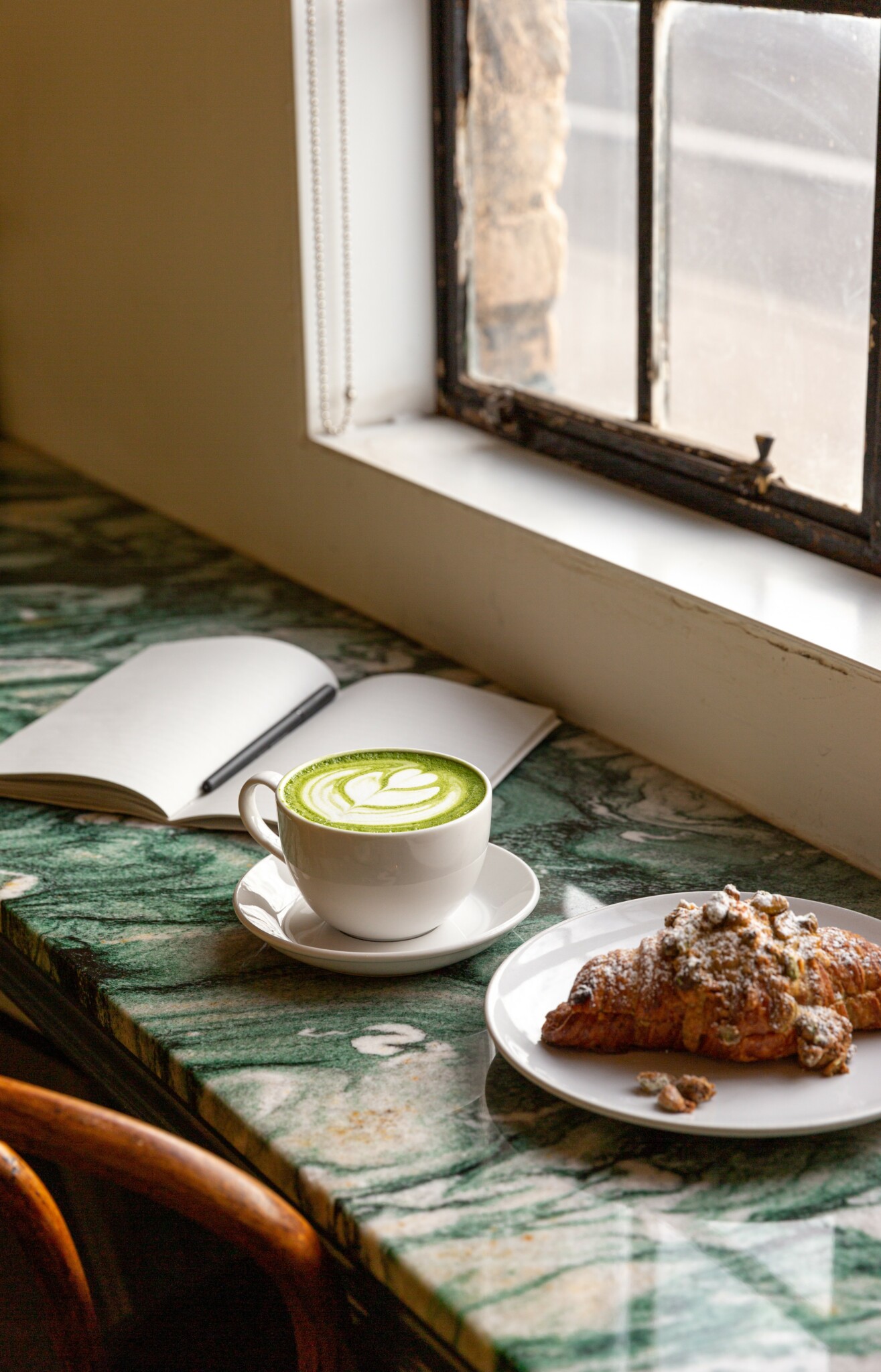
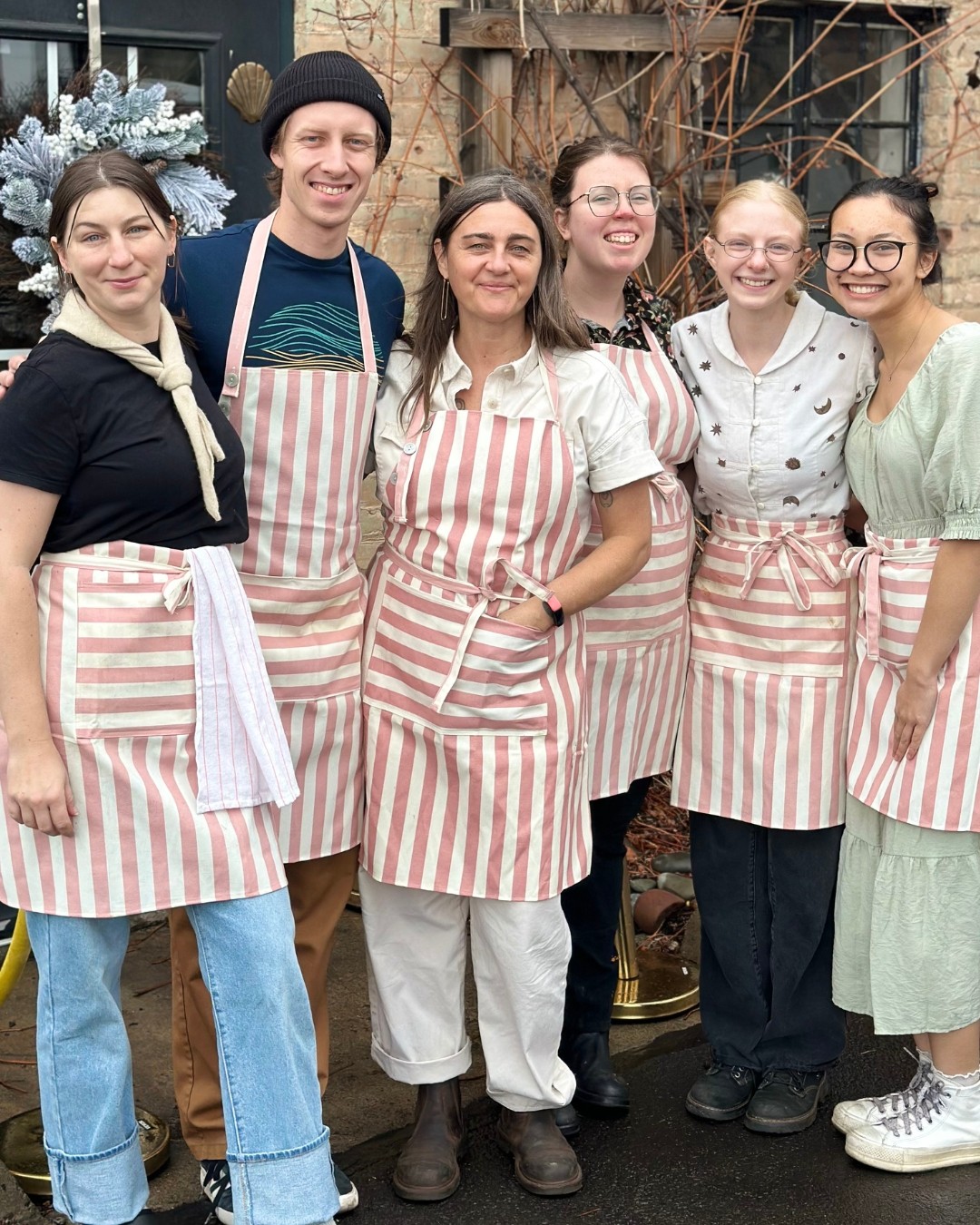
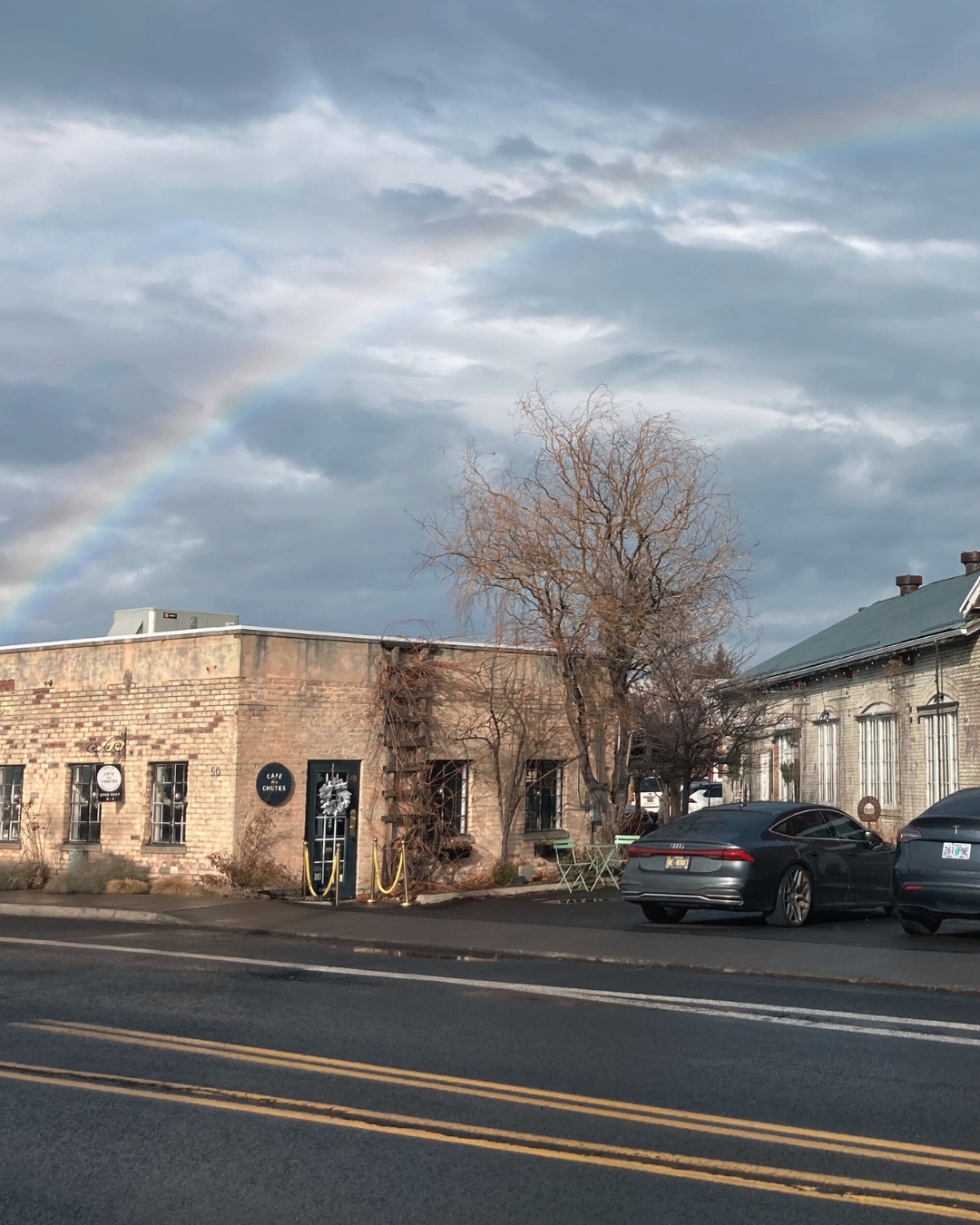

Image Credits
Tara Linitz Photography
Lisa Sipe


